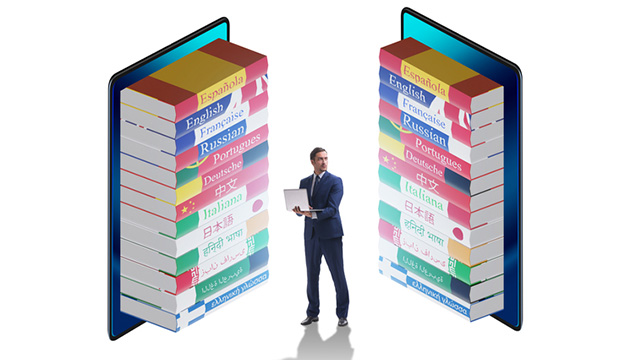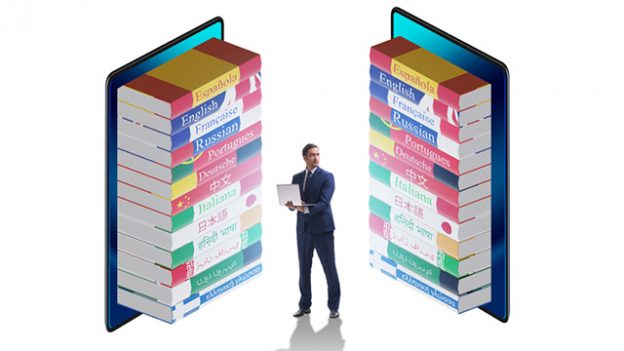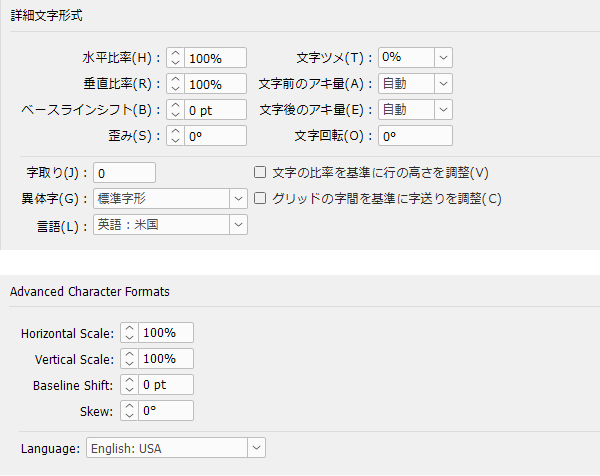
Previously, I explained how to use "whose".
Common Mistakes in IT and FA Translation ① - Usage of 'which' and 'whose' -
"Whose" is a pronoun that can modify anything and is often used in technical translation. (Although it contains "who," it is often assumed that it can only modify people, but that is not the case.)
The following are the main benefits of using 'whose'.
- ・To avoid complex sentence structures using phrases like "for which", "in which", and "to whom", the text becomes easier to read.
- - The relationships between modifiers become clear, making the text easier to read
- ・Can avoid the use of unnecessary pronouns (mainly 'you')
Based on the above, this time we will compare DeepL and Google Translate to verify whether sentences using 'whose' are generated correctly.
- Table of Contents
1. Verification ①
- ・Select the checkbox for the item to clear the error history, and click the [Execute] button.
- ・DeepL: Select the check box for the item you want to clear the error history for, and then click the [Execute] button.
- ・Google Translate: Select the check box of the item for which you want to clear the error history, and click the [Execute] button.
In this example, neither translation engine uses "whose".
DeepL has translated it as, "you want to clear the error history for," which is not incorrect, but it uses an unnecessary pronoun ("you"), and the structure of "clear ... for" is also a bit unnatural.
In the case of Google, it uses a "for which" structure, so the level of grammar is higher than that of DeepL, but unnecessary pronouns (like "you") are also prominent here.
The following is an example of post-editing (full editing) using "whose".
- ・Select the checkbox for the item to clear the error history, and click the [Execute] button.
- ・Select the checkbox of the item whose error history is to be cleared and click the [Execute] button.
2. Verification ②
- ・Original: Film will be replenished in the magazine when the remaining count reaches "0".
- ・DeepL:When the number of remaining sheets reaches "000", refill the magazine with film.
- ・Google Translate: Replenish the film to the magazine whose remaining number is "000".
DeepL uses a "dependent clause + main clause" structure. While this is not incorrect, a simpler structure is preferable since the original text is short.
In Google Translate, "whose" is used correctly. However, it translates "the remaining number has become '0'" directly as "whose remaining number is '000'". It is recommended to translate this according to the context as "whose number of remaining films is '000'".
Below is an example of post-editing (full editing).
- ・Select the checkbox for the item to clear the error history, and click the [Execute] button.
- ・Load a film pack into the magazine whose number of remaining films is "000".
3. Verification ③
- ・Click on the user to follow the profile.
- ・DeepL: Click on the user whose profile you want to follow.
- ・Google Translate: Click the user you want to follow your profile.
DeepL uses "whose" correctly. However, "follow" has been translated as "you want to follow". This should be corrected to "you follow" in post-editing. Additionally, "click on" should simply be "click".
In Google Translate, it translates to, "Click on the users you want to follow your profile," which is a nonsensical translation, so the text needs to be completely revised.
Below is an example of post-editing (full editing).
- ・Click on the user to follow the profile.
- ・Click the user whose profile you follow.
- ・Click the profile of the user you follow. (Example when not using 'whose')
4. Verification ④
- ・Original text: The station that stopped cyclic transmission with this function will not stop the communication of cyclic frames and will not be treated as a de-coupled station.
- ・DeepL:A station that has stopped cyclic transmission with this function does not stop communicating in cyclic frames and is not treated as a resolved station.
- ・Google Translate: A station whose cyclic transmission is stopped by this function does not stop the communication of cyclic frames and is not treated as a disconnected station.
In DeepL, it means "the station that stopped cyclic transmission with this function," so the original text does not match the meaning.
While some corrections through post-editing are necessary in Google Translate, at least the use of 'whose' is accurate.
Below is an example of post-editing.
- ・Original text: The station that stopped cyclic transmission with this function will not stop the communication of cyclic frames and will not be treated as a de-coupled station.
- ・Stations whose cyclic transmission is stopped with this function are not considered disconnected and continue to communicate cyclic frames.
In this verification, it was not clear which machine translation was superior in the usage of "whose." In some instances, it seems that the quality of machine translation has improved compared to a few years ago, as "whose" is used appropriately. On the other hand, it is also evident that post-editing is still essential when using machine translation.

























